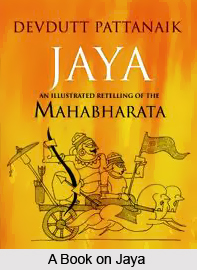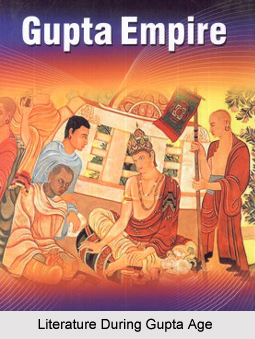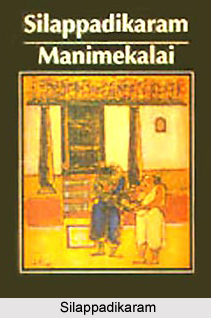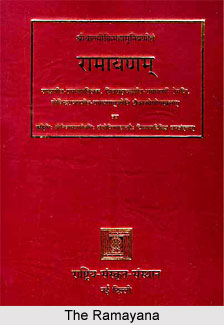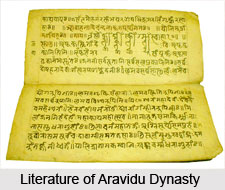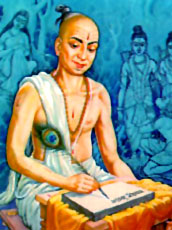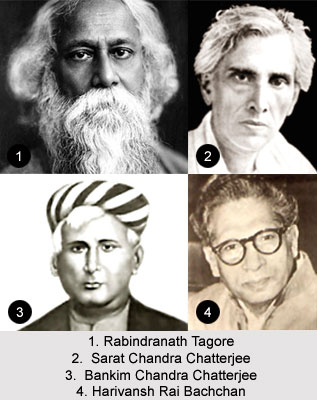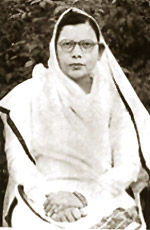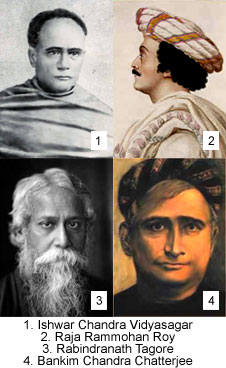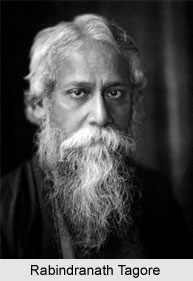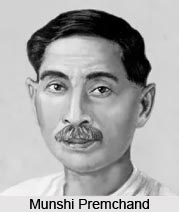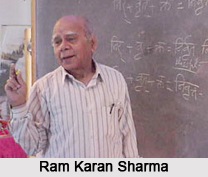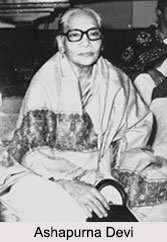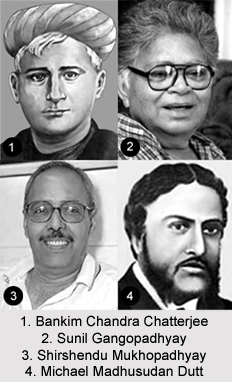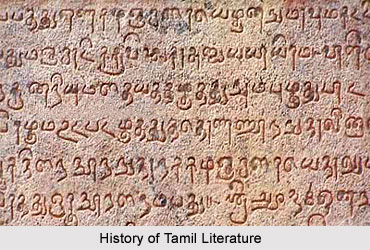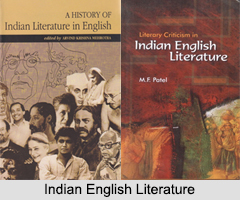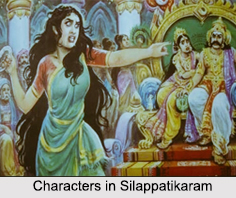 Characters in Silappatikaram have been depicted with natural human virtues and personal vices. The story of the epic revolves around the legendary woman who set out to avenge the death of her husband at the hands of a Pandya king.
Characters in Silappatikaram have been depicted with natural human virtues and personal vices. The story of the epic revolves around the legendary woman who set out to avenge the death of her husband at the hands of a Pandya king.
Silappatikaram is one of the Five Great Epics of Tamil literature of the Sangam age. The Jain monk Ilango Adigal, who was a poet prince, has composed the epic. He is considered as the brother of the Chera King Chenguttuvan. Silappatikaram has 3 chapters; "Puharkkandam", "Maduraikkandam" and "Vanchikkandam", and 5270 lines of poetry.
Main Characters in Silappatikaram
Kannaki, Kovalan and Madhavi are the three main characters in Silappatikaram. They are discussed below:
Kannaki: Kannaki is a legendary Tamil woman who forms the central character of the Tamil epic Silappatikaram. Kannaki was the daughter of the merchant and ship captain Manayakan from Puhar. She marries the son of Macattuvan, Kovalan, whose family were sea traders. The story of Silappatikaram relates how Kannaki took revenge on the Pandya King of Madurai, who had wrongfully put her husband Kovalan to death. She cursed the entire town of Madurai. The capital city of Pandyas was set ablaze resulting in huge losses.
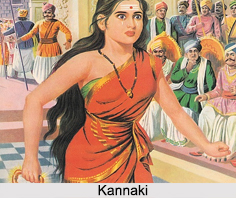 Kovalan: Kovalan was married to Kannaki. But later he fell in love with Madhavi when he saw her at her dancing debut in the court of the Chola King Karikalan. Kovalan left Kannaki and starts living with Madhavi. At last, penniless, Kovalan realised his mistake and returned to his wife Kannaki. Kovalan hoped to recoup his fortunes by trade in Madurai, by selling the precious anklet of Kannaki. When Kovalan tried to sell the anklet, it was mistaken for a stolen anklet of the queen. Kovalan was accused of having stolen the anklet and was immediately beheaded by the king without trial.
Kovalan: Kovalan was married to Kannaki. But later he fell in love with Madhavi when he saw her at her dancing debut in the court of the Chola King Karikalan. Kovalan left Kannaki and starts living with Madhavi. At last, penniless, Kovalan realised his mistake and returned to his wife Kannaki. Kovalan hoped to recoup his fortunes by trade in Madurai, by selling the precious anklet of Kannaki. When Kovalan tried to sell the anklet, it was mistaken for a stolen anklet of the queen. Kovalan was accused of having stolen the anklet and was immediately beheaded by the king without trial.
Madhavi: Madhavi is an important character in the Silappatikaram, one of the epics in Tamil literature. Madhavi was born in a lineage of courtesans, and was an accomplished dancer. Kovalan, who was married to Kannaki, fell in love with Madhavi and started living with her. She lived with Kovalan happily for some time. During that period, Madhavi"s mother stole all the wealth of Kannaki the wife of Kovalan by using Kovalan"s ring without the knowledge of Madhavi and Kovalan. After 3 years, Kovalan learned the truth about the mother"s crime. He grew angry with Madhavi and again returned to Kannaki. After Kovalan left her, Madhavi came to know of her mother"s theft and showed her moral worth by returning all the wealth of Kovalan to his father. Upon learning the tragic turn of events, Madhavi shaved her hair and became a Buddhist nun.
